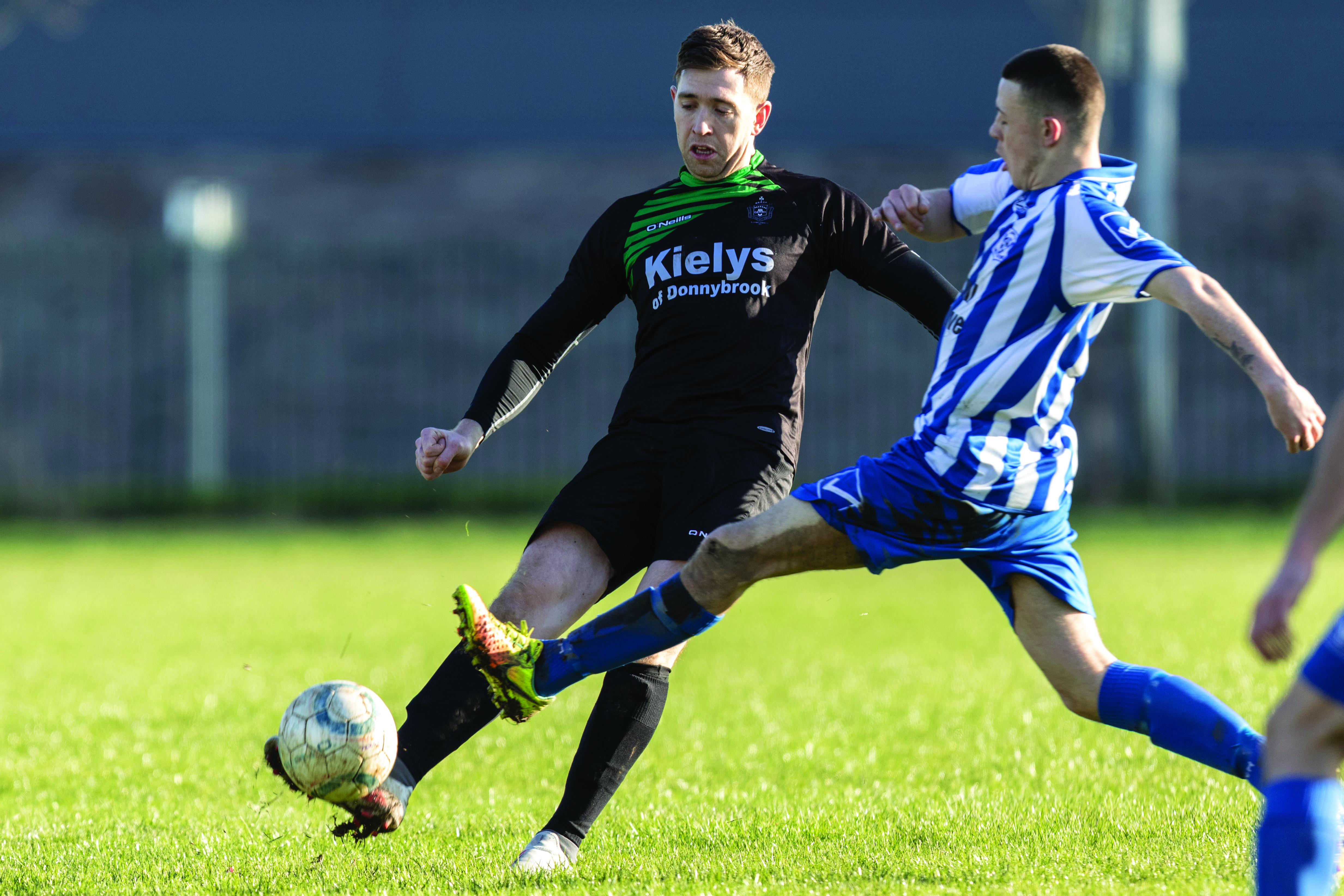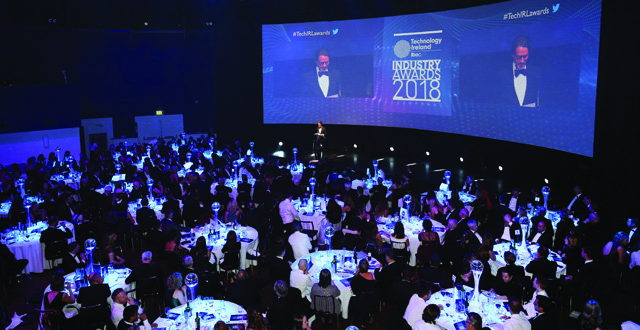Never was this more apparent than in relation to Ireland’s National Children’s Hospital and the events leading to its eventual location on the St James’s Hospital campus in Dublin. The fundamental idea is that this enormous development will foster supportive and collaborative relationships across 39 clinical specialties in one location, together with research and education facilities, in order to provide the best care possible to sick children. Work is ongoing as I write and the visible presence of this development on the St James’s campus makes the publication of The History and Heritage of St James’s Hospital, Dublin very timely indeed.
The story begins in 1703 with the establishment of a workhouse on the St James’s site and the addition, in 1730, of a foundling hospital. The opening chapters of this splendid book discuss this period with devastating clarity: Of the 7,781 infants admitted to the foundling hospital between 1750 and 1760, some 3,797 died there. This problem was not unique to Ireland as right across Europe, mortality rates in foundling hospitals were double those of children cared for at home. Therefore, while the impulses underpinning the foundling hospitals were undoubtedly benign, it was soon apparent that delivering high quality care to so many children in these settings was exceptionally difficult.
After the Foundling Hospital was formally closed to admissions in 1831, the buildings were used to house the South Dublin Union Workhouse, which played an important role during the Famine, giving shelter to thousands of starving people. The buildings were commandeered by the 4th Battalion of the Irish Volunteers during Easter week 1916 and, after Independence, the South Dublin Union was renamed St Kevin’s Hospital. It became a municipal hospital for the poor of Dublin city and was firmly set on the trajectory that resulted in the hospital we know today as St James’s.
Davis and Mary Coakley tell this story with all of the elegance and erudition that we have come to expect from these authors. The volume itself is beautifully illustrated with generous provision of colour and black and white images that add a vital visual dimension to the unfolding story. Various expansions to the hospital, structural additions and the development of clinical specialties are all detailed, as are the educational roles of the hospital, which is now the largest teaching hospital in Ireland and one of the best in the world.
This book also includes a chronology of major events and senior appointments at St James’s from 1971 to 2016, an appendix detailing chairmen of the board over recent decades, academic notes, a bibliography, and – thankfully – and excellent index (essential in any book as richly textured as this one). All told, this is a high-quality production that reflects very well on its authors and publisher, Four Courts Press.
None of this will come as a surprise to readers familiar with the two authors. Davis Coakley was formerly a consultant physician in St James’s Hospital and Professor of Medical Gerontology in Trinity College Dublin. He is the author of many books on medicine, the history of medicine, and Irish literature and is a leader in these fields. Mary Coakley studied English and Italian in University College Cork. She has edited a number of books and has worked with Davis Coakley on various literary and historical projects in the past.
And what is the take-home message from this book and from the story of St James’s outlined in it? As well as detailing the history of the hospital with such diligence and erudition, does the book have an overall message? The authors themselves conclude their account by noting that “the development of the hospital has been driven from the start by criteria of excellence, continuous improvement and innovation, and its services focus on clinical care and bringing the most recent advances in diagnosis and treatment to the bedside of the patient”.
It is entirely appropriate to finish this history with a clear focus on patient care because that does indeed reflect the hospital’s current position as a leading provider of high-quality, modern healthcare. But the lessons of history are myriad and complex, and the story told by Davis and Mary Coakley has many dimensions, many turns in the road, and many other possible endings.








Leave a Reply
You must be logged in to post a comment.